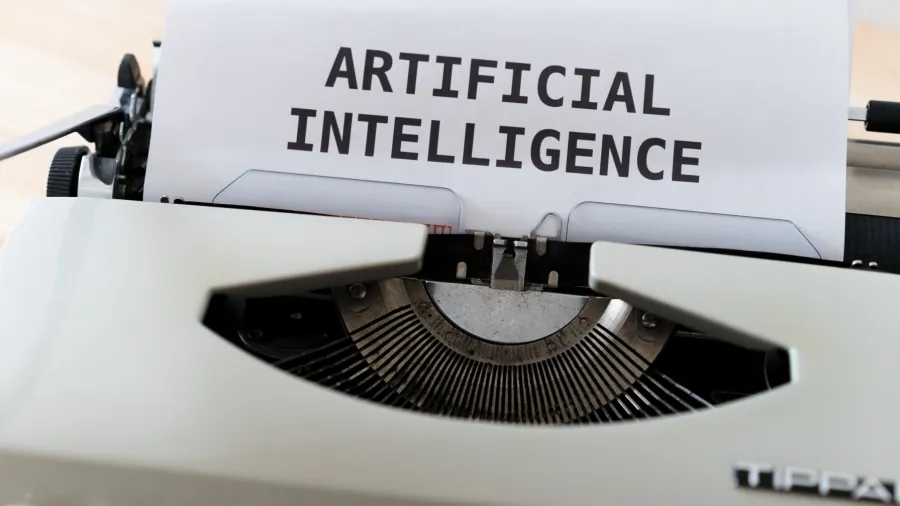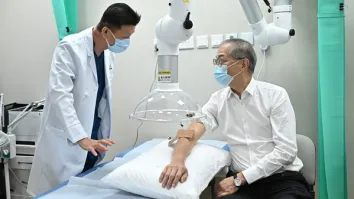
3 ways AI will stand out in healthcare delivery in 2023
Generative AI will help find suitable diagnoses, analyse large medical data, and provide seamless patient communication.
When you type your symptoms on Google to search for one’s possible health condition or disease, it’s almost always wrong. In 2023, healthcare players will try to bridge this gap through generative AI. Boston Consulting Group (BCG) partner, Anurag Agrawal, said using generative AI will be amongst the trends for digital health this year.
The first use of generative AI is to improve patient communication by removing human elements to cut costs and enhance speedy responses to patients, Anurag said.
An example of this is the use of chatbots, which is what US hospitals did in 2020 when patients piled up. To address the overwhelmed capacity, patients were introduced to an AI chatbot where they can simply log their symptoms.
With generative AI, the machine has access to individual personalised medical records and data so that when a patient logs into the system and discloses one’s symptoms, the AI, with the right development, will precisely guide the patient on what to do next.
“[The AI may ask] if it is a serious condition [and] if you need to come to the hospital. If it’s not required, you can give a phone call to the doctor,” said Agrawal.
For Tina Deng, principal medical devices analyst at data analytics firm GlobalData, AI such as ChatGPT may also be used to help physicians in painstaking tasks such as writing patient letters so doctors can focus on talking to patients.
AI can also review a patient’s symptoms and recommend diagnosis and different options like online check-ups or face-to-face visits with healthcare professionals.
The next application for generative AI is its ability to study massive amounts of medical data, Agrawal said.
“Generative AI will look at the data, they will identify patterns of what is going wrong with the patients. In a hospital with multiple intensive care units, generative AI will help them work together to find out what kinds of protocols need to be developed to better care for patients and improve outcomes,” said Agrawal.
The third application is helping with developing drugs under pharmaceutical segments in the life sciences industry, Agrawal said. When tapping suitable patients for clinical trials, generative AI will do it for them.
“A very important part is identifying receptor candidates where the pharmaceutical product would target generative AI will help us do that very rapidly. You saw the COVID-19 vaccines, the mRNA vaccines coming out in two and a half years. With all kinds of bells and whistles taken care of, that will start happening even faster,” said Agrawal.
According to GlobalData, the AI market will reach $383.3b in 2030, with a 21% compound annual growth rate (CAGR) from 2022 to 2030.
Digital healthcare outlook
When using technology to cut down costs, Agrawal sees more digital trends being developed aside from the use of generative AI. The implementation of virtual reality and digital twin technologies are some of the new trends he sees for this year.
For digital twin, a 2023 BCG study showed that the technology will help in clinical trials to reduce the number of patients in placebo groups and raise study diversity, with the aim of decreasing recruitment costs and fast-tracking time to approval.
Since they are virtual representations of the patients, digital twins will also be used by scientists to predict how the live patient can respond to treatment through using deep phenotyping, which compiles health records, genomic data, and other data sources.
In the development of virtual reality, such tool can be used for medical training and patients’ mental health, amongst others.
“There are multiple applications that I see emerging in medical training, which helps one visualise medical anatomy, in ways that one could never have thought of 10 to 15 years before, will be a very important application,” said Agrawal.
“Similarly with patient communication, with virtual reality, one could take patients through their disease in a manner to which they could never have been exposed to before,” he added.
Examples of virtual reality tech are BehaVR and OxfordVR, which provide evidence-based behavioral health needs for patients suffering from mental illness. Another one is Mind-Easy, which offers ways to manage broader psychological disorders.
Overall, Agrawal sees these technologies as helping in the growth of digital health, which has seen a massive uptake due to the COVID-19 pandemic.



















 Advertise
Advertise








